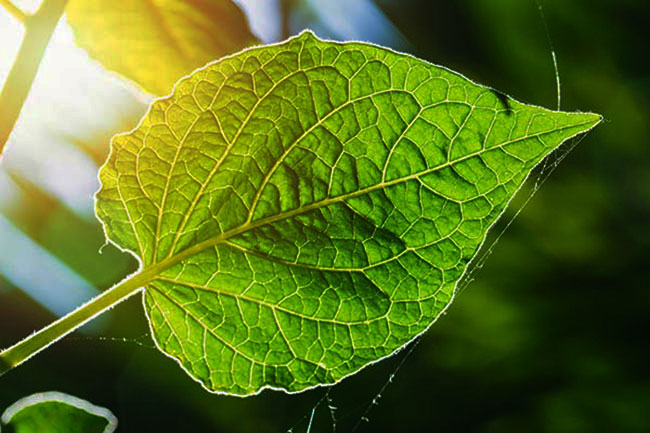|
New study shows how elevated CO2 levels increase vegetation growth and WATER AVAILABILITY in the Northern Hemisphere...
However, according to new research, elevated CO2 levels are not only important for vegetation growth, but also play a role in maintaining water availability in the Northern Hemisphere.
Artificial carbon capture and other geoengineering projects could be the main driving force behind wildfires, droughts and collapsing water tables in the Northern Hemisphere.
The study (Elevated CO2 Concentrations contribute to a closer relationship between Vegetation Growth and Water Availability in the Northern Hemisphere mid-latitudes), published in Environmental Research Letters, reveals significant changes in the relationship between vegetation growth and water availability in the Northern Hemisphere's mid-latitudes over the past three decades.
The research, led by Yang Song and colleagues, highlights the impact of elevated carbon dioxide (CO2) levels on this relationship, suggesting a closer relationship between vegetation growth and water availability than previously understood.
The very compound that the Democrats are targeting - CO2 - is actually the solution to preserving,
...for growing populations.
Scientists find that CO2 levels help vegetation, soil and the water supply, reducing drought risk
The Northern Hemisphere mid-latitudes, which encompass diverse ecosystems including croplands, grasslands and forests, are crucial due to their high human populations and significant terrestrial carbon sinks.
The study analyzed data from 1982 to 2015, focusing on vegetation growth, measured by the Normalized Difference Vegetation Index (NDVI), and water availability, assessed through the Palmer Drought Severity Index (PDSI).
The study found asynchronous trends.
This asynchronous behavior indicates a decoupling between vegetation growth and water availability in many areas.
Despite the overall decoupling of this relationship, the study found that, in many regions in the Northern Hemisphere, this relationship has tightened.
This observation was most noted in croplands, grasslands and forests.
The study noted that both croplands and grasslands are experiencing stronger water limitations, which are becoming more pronounced over time.
In contrast, forests are less constrained by water deficits and more affected by water surpluses.
The relationship between vegetation growth and water resources in forested areas has weakened, suggesting that excess water rather than deficits is becoming a limiting factor.
Role of atmospheric CO2 on the relationship
The study identified atmospheric CO2 as a dominant driver of changes in relationship between vegetation growth and water resources.
In fact, the CO2 levels influenced over 45% of grid cells.
Elevated CO2 levels enhance vegetation growth through the so-called "fertilization effect" and improve water use efficiency. This indirect effect boosts water availability by reducing overall water consumption per unit of biomass.
The study also highlighted differences in how these changes occur across various ecosystems:
The findings suggest that CO2-induced greening has further advantages in certain ecosystems, including changes in water dynamics that could influence the future risk of drought and the agricultural productivity of a given area.
The sequestration of carbon dioxide is a grave mistake that will slowly harm important ecosystems in the Northern Hemisphere.
Of course, as wildfires and droughts increase, Democrats will continue to deride "climate change" as the greatest threat and continue to guilt the world into paying more to remove carbon dioxide from the atmosphere.
It's a spiral of death and destruction, coming from,
Sources
|


